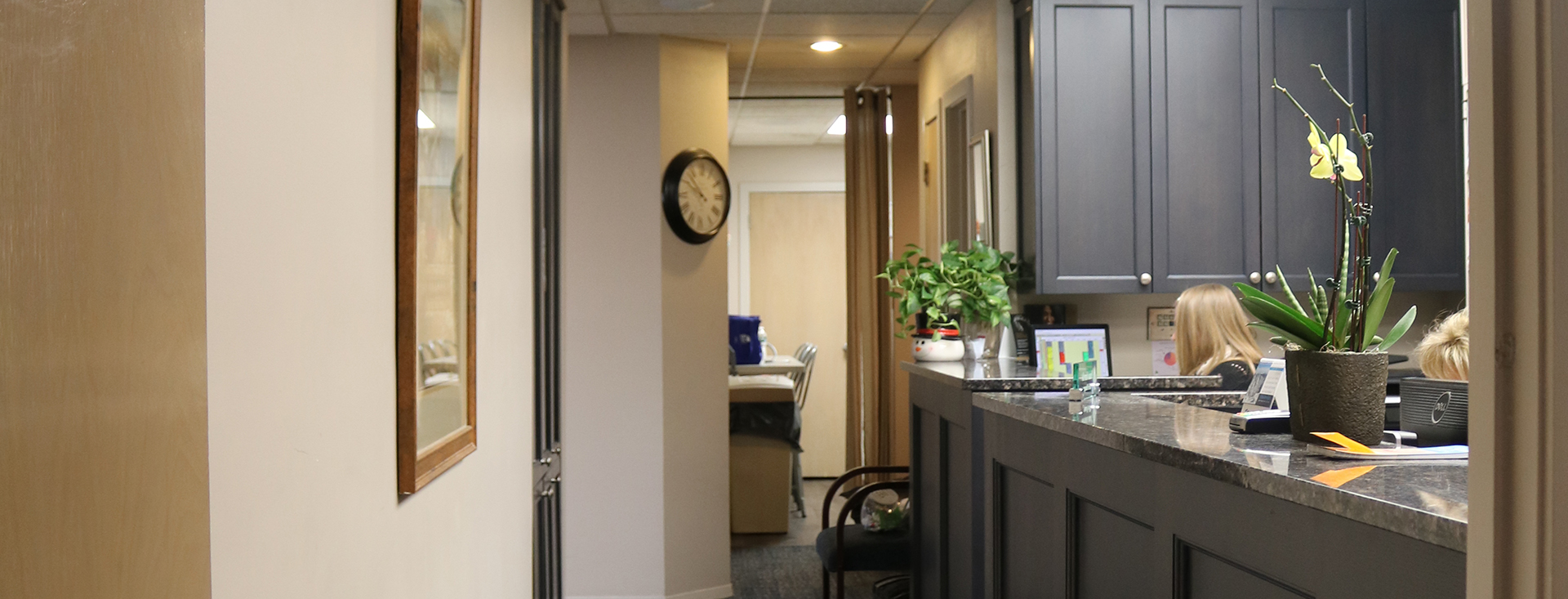Existing Patients
(631) 543-5555
New Patients
(631) 458-4720

Scaling and root planing is a procedure that removes all plaque and tartar beneath the gum line. The doctor or hygienist may administer a local anesthetic to the treatment area. They will then carefully remove the plaque and tartar from the surfaces of each tooth to the bottom of each periodontal pocket. The tooth's root surfaces are then smoothed or planed to allow the gum tissue to heal and reattach to the tooth.
Depending on the extent of the disease, your hygienist or dentist may recommend that one or more sections (quadrants) of the mouth be treated. The completed treatment may require one or more visits.
Scaling and root planing (SRP) is recommended when periodontal disease is at a more advanced stage. During your check up the doctor or hygienist examines your gum for periodontal problems. An instrument called a periodontal probe is used to gently detect "pockets" between your gums and teeth. The normal measurement of the space, also called a sulcus, should be three millimeters or less. When periodontal disease is present this tiny space develops into a pocket of four or more millimeters that collects plaque and bacteria making it difficult to keep it clean.
Sometimes after dental treatment, teeth are sensitive to hot and cold. This should not last long if the mouth is kept clean. If the mouth is not kept clean the sensitivity will remain and could become more severe. If your teeth are especially sensitive consult with your doctor. We may recommend a medicated toothpaste or mouth rinse made especially for sensitive teeth.
Once the scaling and root planing treatment is complete, another appointment will be made in a few weeks. At this appointment the hygienist will check if your gums have healed and if the periodontal pockets have decreased. When any pockets greater than three millimeters persist after the root planing and scaling, additional treatment may be needed. The doctor or hygienist may recommend an antibiotic treatment, Arestin, or refer you to a periodontist for further evaluation.
You will be given instructions on how to care for your healing teeth and gums. Caring for your teeth and gums after treatment is critical. Practicing good oral hygiene every day will reduce the risk of recurring periodontal disease. Periodontal disease will not go away by itself. Preventing and treating the disease in the early stages are the best ways to keep your smile healthy.
